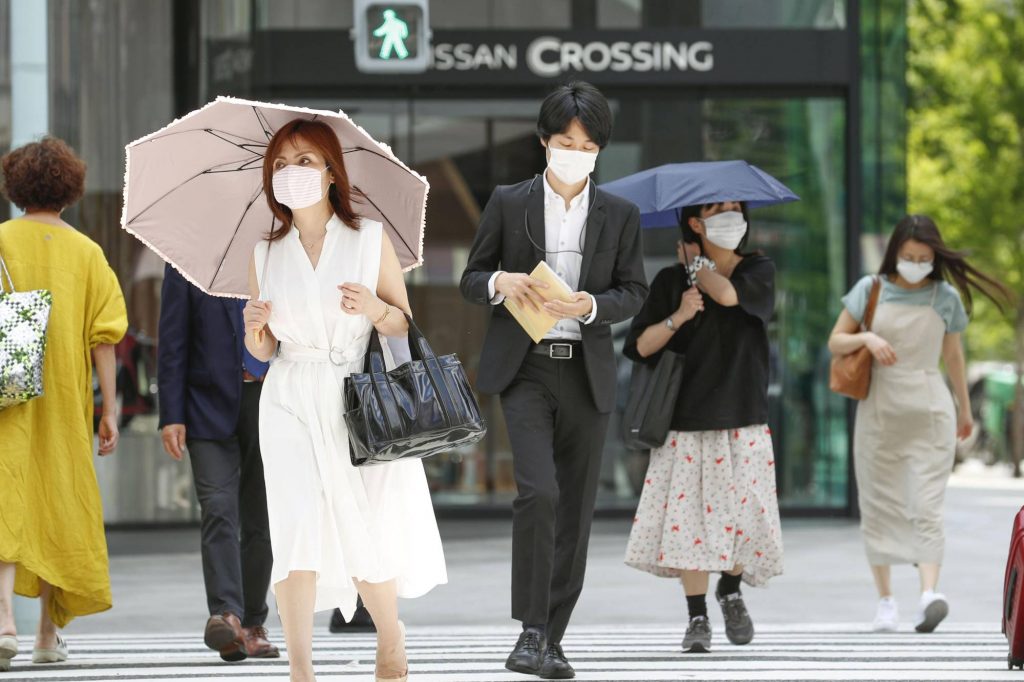Coping With Heatstroke During The Pandemic

Lifestyle changes increase risks
People in the northern hemisphere are entering the second summer of the coronavirus pandemic. Here is a reminder of how to avoid heatstroke as you continue with anti-virus precautions.
Lack of exercise
A lack of exercise due to stay-at-home measures could make people more susceptible to heatstroke. And being indoors for long periods could prevent bodies from acclimatizing to the higher temperatures. That can increase the risk even during light outdoor exercise.
Masks and exercise
A survey by Kida Kozui, the Board Chairman of Respiratory Care Clinic Tokyo, found that masks did not impact breathing ability, muscle condition or blood flow in healthy adults during exercise. But Kida says infants are at higher risk of respiratory problems because their muscles for breathing are not fully developed. What’s more, children could wear masks incorrectly. If the mask is too tight, it could make it harder to inhale enough air. Kida recommends that children remove masks when exercising.
Four basic tips
Miyake Yasufumi, the head of the advanced emergency medical service center at Teikyo University Hospital in Tokyo, says masks don’t significantly raise the risk of heatstroke, as long as we keep cool and hydrate.
1) Hydrate at set intervals
Set times of the day to drink water. Don’t drink only when thirsty. According to the health ministry, we should consume about 1.2 liters of water per day, or one cup per hour.
2) Rinse your wrists
Cooling the wrists, where blood vessels are closer to the skin, can help lower body temperature.
3) Use a wet towel
Cooling the face, head and neck is an easy way to lower body temperature. When the water evaporates, it takes the heat with it.
4) Use an air-conditioner
Turn on the air-con when the room temperature exceeds 28°C.


























